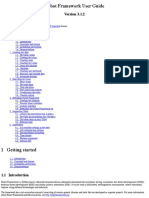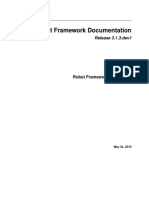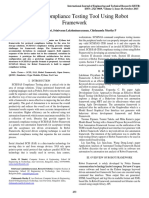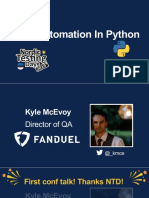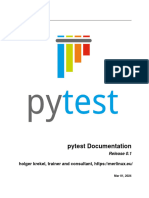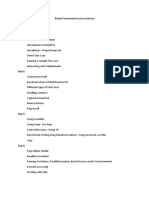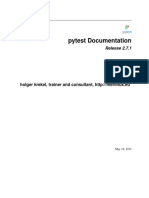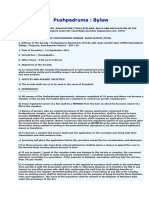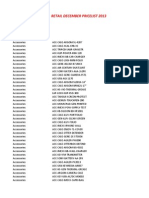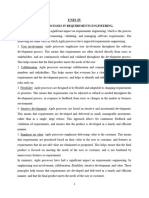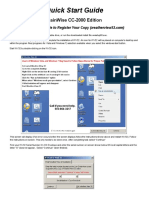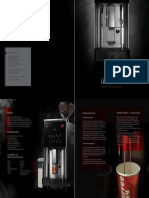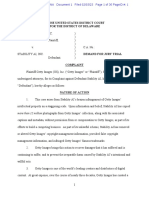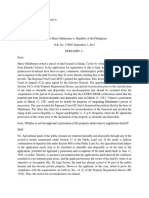Robot Framework with Python - Notes
Introduction to Robot Framework
Robot Framework is an open-source test automation framework for acceptance testing and acceptance test-driven
development (ATDD). It uses keyword-driven testing and can integrate with various tools and libraries to extend its
functionality.
Key Features:
- Easy syntax
- Extensibility through Python and Java libraries
- Built-in libraries for various needs
- Supports data-driven and behavior-driven testing
Installation:
- Install Python (if not already installed)
- Use the command: pip install robotframework
Basics of Robot Framework Syntax
Robot Framework uses plain text syntax, which includes:
- Test Cases and Keywords: Defined in test case files using keywords.
- Variables: Can be defined within the test cases or in a separate file.
- Libraries: Built-in and external libraries can be imported for additional functionalities.
- Resource Files: Separate files where variables, keywords, and settings can be defined for reuse.
� Robot Framework with Python - Notes
Python Integration with Robot Framework
Robot Framework allows integration with Python to create custom libraries and keywords.
Using Python Libraries:
- Any Python library can be used by importing it in the test suite.
Creating Custom Keywords:
- Define functions in Python and make them accessible as keywords in Robot Framework.
- Example:
```python
# my_keywords.py
def custom_keyword():
print("This is a custom keyword.")
```
In Robot Framework:
```robot
*** Settings ***
Library my_keywords.py
*** Test Cases ***
Test Custom Keyword
custom_keyword
```
� Robot Framework with Python - Notes
Running Tests
Robot Framework tests can be run from the command line:
- To execute tests, use: `robot <test_suite_directory>`
- Use command-line options for specific requirements, such as tags or output directories.
Parallel Execution:
- With tools like Pabot, tests can be run in parallel, improving test efficiency for large suites.
Best Practices and Tips
- Organize test cases logically, with reusable keywords.
- Handle errors gracefully with proper error-handling strategies.
- Use tags to filter tests and create meaningful reports.
- Always review logs and reports for troubleshooting and analysis.
Following these best practices can help maintain a clear, maintainable test suite in Robot Framework.






